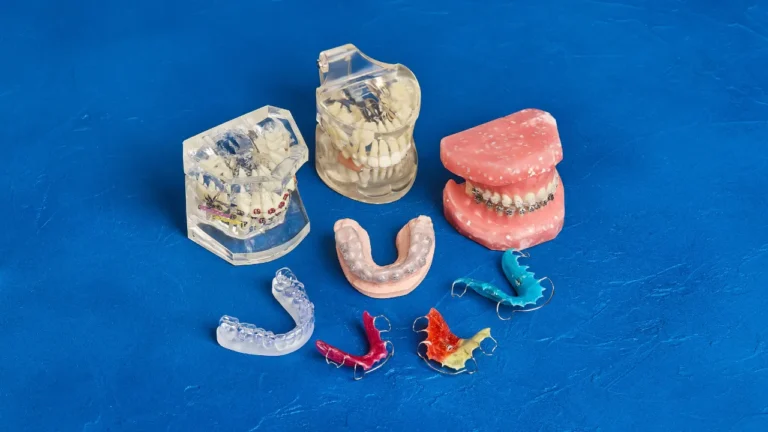Teeth cleaning can be effective in removing some types of stains, particularly extrinsic stains.
However, the effectiveness of teeth cleaning in removing stains may depend on several factors, such as the type of stain and the severity of the discoloration.
For example, if the stain is caused by smoking or coffee consumption, teeth cleaning may be able to remove it.
However, if the stain is caused by medication or trauma, teeth cleaning may not be sufficient to remove it entirely.
When it comes to dental health, keeping your teeth clean and bright is essential.
One of the most common dental concerns is staining, which can result from a variety of factors, such as smoking, coffee consumption, and aging. But can teeth cleaning remove stains?
Teeth cleaning can be effective in removing some types of stains, particularly extrinsic stains caused by external factors such as food, drinks, and tobacco.
However, the effectiveness of teeth cleaning in removing stains may depend on several factors, such as the type of stain and the severity of the discoloration
Types of teeth stains
Teeth stains can be broadly classified into two categories: extrinsic and intrinsic stains.
Extrinsic stains
Extrinsic stains are caused by external factors that come into contact with the teeth, such as food, drink, tobacco, or poor oral hygiene.
These stains occur on the surface of the teeth and can often be removed or reduced through various dental treatments or lifestyle changes.
a. Food and Drink stains: Certain foods and drinks can cause extrinsic brown stains on the teeth. Examples include coffee, tea, red wine, berries, curry, and tomato sauce. These stains are usually brown or yellow in color and can be removed by brushing, flossing, and professional dental whitening and cleaning.
b. Tobacco stains: Smoking or chewing tobacco can cause yellow or brown stains on the teeth and tooth discoloration. These stains can be difficult to remove and often require professional dental regular cleaning or tooth whitening treatments.
c. Poor oral hygiene stains: Inadequate oral hygiene practices can lead to the plaque and tartar buildup on the teeth, which can cause extrinsic deep-set Stains. These stains are usually yellow or brown in color and can be removed with professional deep cleaning and regular brushing and flossing.
Intrinsic stains
Intrinsic stains occur within the tooth itself and cannot be removed through normal brushing or cleaning.
They are often caused by factors that affect tooth development, such as genetics, medications, or trauma.
a. Age-related stains: As we age, the enamel on our teeth can become thinner and the dentin, which is naturally yellow in color, can become more visible, resulting in a yellowish or grayish appearance to the teeth.
b. Medication stains: Certain medications, such as tetracycline, can cause intrinsic stains in the teeth. These stains are often gray or brown in color and can be difficult to remove.
c. Trauma-induced stains: Trauma to the teeth, such as from a fall or injury, can cause intrinsic stains. These stains are often dark in color and can be challenging to remove.
Teeth stains can be caused by a variety of factors, including food, drink, tobacco, poor oral hygiene, genetics, medications, and trauma.
Understanding the type of stain can help determine the best course of treatment for removing or reducing discoloration and achieving a brighter smile and white smile.
How teeth cleaning works on teeth stains
Teeth cleaning also known as dental prophylaxis, is a procedure that involves the removal of plaque, tartar, and stains from the teeth.
The procedure is typically performed by a dental hygienist or dentist and involves the following steps:
During a teeth cleaning procedure, a dental hygienist or dentist will use specialized tools to remove plaque, tartar, and surface stains from your teeth. The procedure may include:
- Scaling: This involves using a special tool to remove the build-up of plaque and tartar from the teeth and gum line.
- Polishing: After scaling, the teeth are polished using a special dental polishing tool and paste to remove surface stains.
- Fluoride treatment: A fluoride treatment may be applied to strengthen the teeth and protect against future staining.
In addition to professional teeth cleaning, there are also steps you can take to prevent teeth stains, such as brushing your teeth twice a day, flossing regularly, and avoiding foods and drinks that can cause staining.





